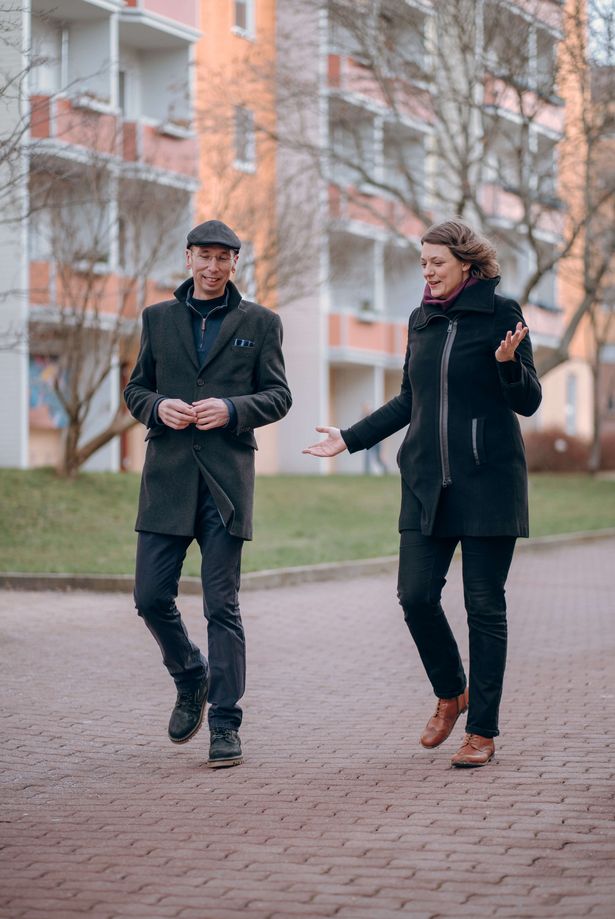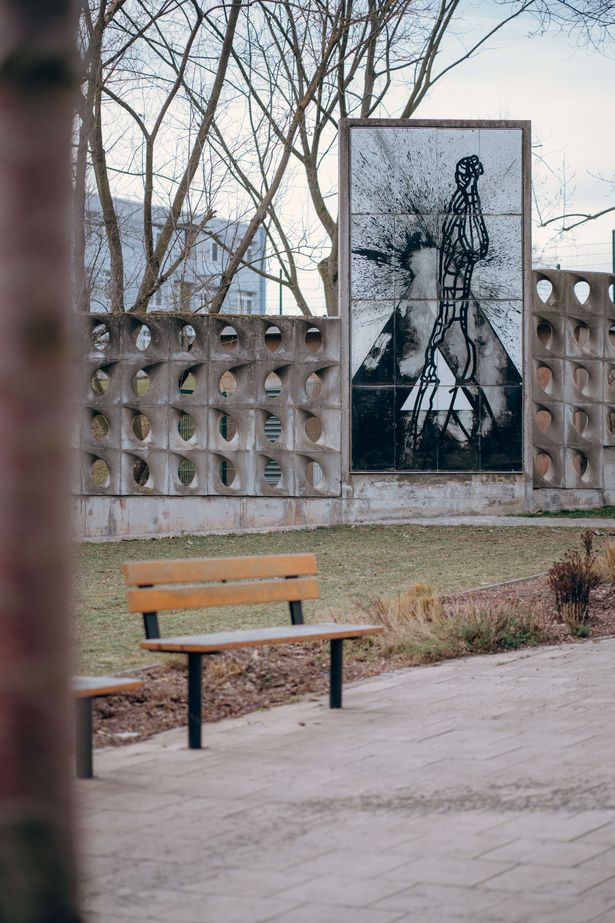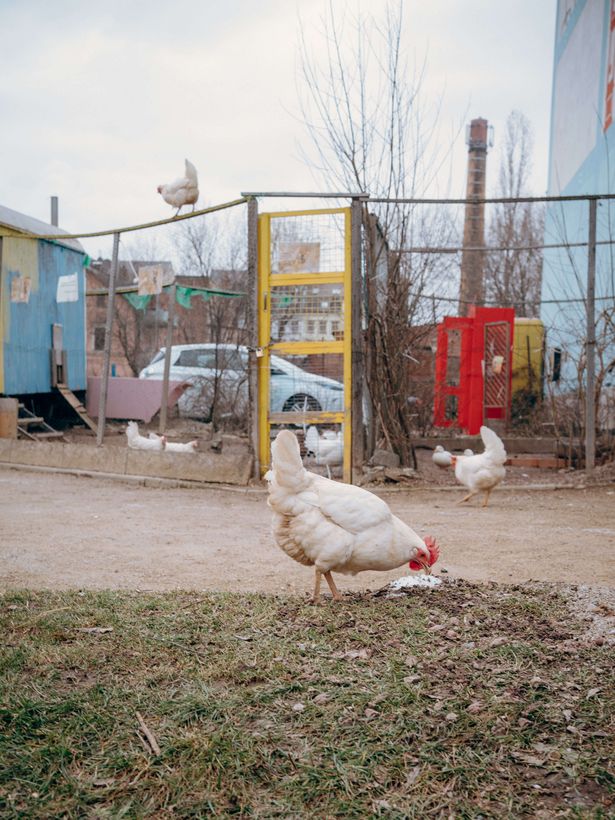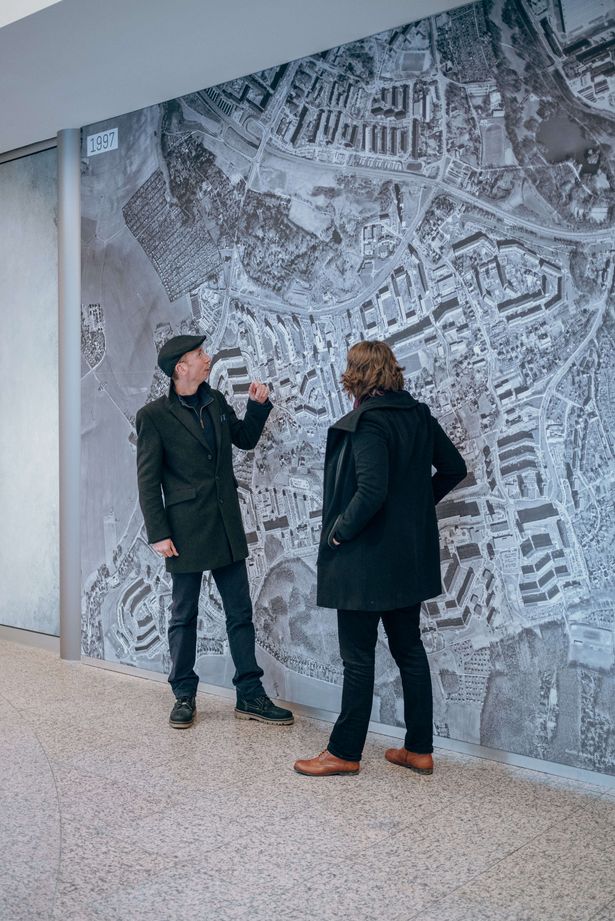Chemnitz will be the European Capital of Culture in 2025. Katja, what is your concept of culture and what is your concept of culture for Chemnitz?
Katja: As a cultural geographer, I certainly have a so-called expanded concept of culture. Of course the Capital of Culture is an opportunity for Chemnitz. Nevertheless, one must not confuse or confound culture, the concept of culture and the Capital of Culture. Nevertheless, there is a lot of culture in Chemnitz' application. It is important to really involve everyone, especially the people of Chemnitz. That would also be my favourite concept of culture. Culture is the whole city per se, not just the so-called cultural programme. It wouldn't make sense to set up a big highlight project for the city, but it's really important to involve the population and work together with the people here. With the movers and shakers of this city, with the small and the big. And that is exactly the culture that I also see and that I like so much about Chemnitz. People don't talk, they do. This down-to-earth attitude is also a culture. Maybe it comes from the engineering mentality in the city. There are also parallels between Stuttgart and Chemnitz. Over time, I've found that I've ended up in a place that I like and that I'm familiar with in a positive way. This also includes the proximity to nature, because the combination of city and nature offers a high quality of life. And I wish for Chemnitz that this mixture of open spaces, affordable housing and small-scale, diverse offerings will be preserved, because that's what makes the city special.
Norbert, you were born in Karl-Marx-Stadt, now live in Chemnitz and work in Switzerland. What is your concept of culture and what is a typical Chemnitz concept of culture for you?
Norbert: Well, first of all for the Heckert area: the exciting thing is that you can develop a completely different concept of culture here than has traditionally always been perceived in the city. With the opera house and the theatre and other theatres or the museums. Yes, that is also culture. But we also have culture out here, on the outskirts of the city. We have huge eleven-storey buildings here, they have front sides, they are huge screens, you could play on them wonderfully. We have the largest canvases in the city. Then there's the WBS 70 architecture, which is still visible everywhere despite the modernisation. That is also culture. And there is above all the culture of the people who live here. After the fall of communism, various approaches that were once planned here didn't work. It is very interesting to play with this and to develop it and to show a counterpoint to the city centre. For example, on Honecker Boulevard, simply showing the history of what took place there. To create an awareness and a completely new self-awareness for the city, in which one can detach oneself from looking to other cities.
 © Johannes Richter
© Johannes Richter

